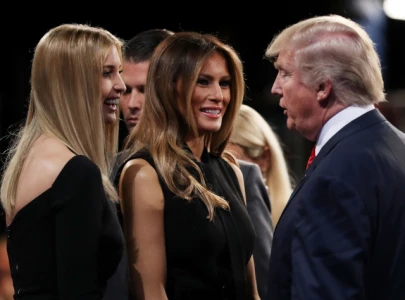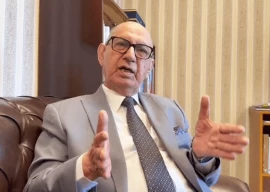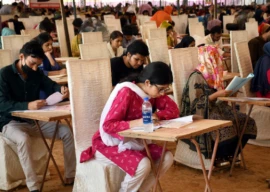
FREE EDUCATION
PPP: To universalise basic education, every child in government primary schools will be provided a stipend.
PML-N: Ensure that education in all public sector institutions up to higher secondary will be free of cost. The system will work through provision of transferable voucher scheme to encourage competition in the public sector educational institutions.
MQM: Make education compulsory for each and every child and would be available for free up to Matriculation or its equivalent level.
ANP: The State is obliged to provide free education up to primary level and at affordable cost thereafter.
STATUS: The demand for making education compulsory is now a part of the constitution. The 18th amendment inserted a new article in the constitution: “The State shall provide free and compulsory education to all children of the age of five to sixteen years in such manner as may be determined by law.”
DUAL SYSTEMS
MQM: Abolishment of the present dual system of education in the country where the educational institutions for poor people have different standards as compared to the English medium and Grammar schools. This can be done by raising the standard of Urdu Medium and government educational institutions to bring them at par with the Grammar and English medium educational institutions.
ANP: ANP will work to eliminate dual system of education that protects and perpetuates class and feudal interests. It will work for a single system which meets international standards.
STATUS: While government schools in Pakistan follow a government-set system of education and curricula, private-sector schools follow their own curricula. However, privately-run schools that offer matriculation follow the government-set curriculum to prepare students for the standardised exams set by the Board of Intermediate and Secondary Education.
A number of projects are underway in provinces to improve the standard of education.
SPENDING
MQM: Increase expenditure in education from 2.2 per cent to five per cent of GDP during the next five years.
A minimum of 20 per cent of the provincial and district governments revenue expenditure be allocated for education.
ANP: ANP will aim to allocate at least six per cent of GDP to education.
STATUS: Spending on education in 2008-2009 was 2.1 per cent of GDP, and two per cent in 2009-2010. According to the World Bank, public spending on education was 2.7 per cent of the GDP and 11.2 per cent of total government expenditure in 2009.
The Sindh government allocated Rs60 billion for education in the 2010-2011 budget. Rs34,500 million has been provided for education affairs and services in the 2010-2011 budget.
MADRASSA REFORMS
PPP: Madrassas will be reformed to be madrassahs that impart knowledge to children
MQM: The Madrassas need to be provided all-out incentives to bring their syllabus and standard of teaching in conformity with the mainstream education.
STATUS: The National Education Policy 2009 states, “Deeni Madaris shall be mainstreamed by introducing contemporary studies alongside the curricula of Deeni Madaris to enhance the prospects of their students to pursue higher studies, research and excellence and to ensure employment, recognition and equivalence.”
According to an agreement between the interior ministry and the Ittehad Tanzeemat-e-Madaris Pakistan, the latter’s leadership has agreed to include compulsory contemporary subjects in the curricula or matric and intermediate. Interior Minister Rehman Malik told the National Assembly that a regulatory body will also be established to “ensure standard of education, uniformity of curricula and standard of examination”.
Published in The Express Tribune, February 26th, 2011.

1726117332-0/Megan-Thee-Stallion-(1)1726117332-0-165x106.webp)





















COMMENTS
Comments are moderated and generally will be posted if they are on-topic and not abusive.
For more information, please see our Comments FAQ